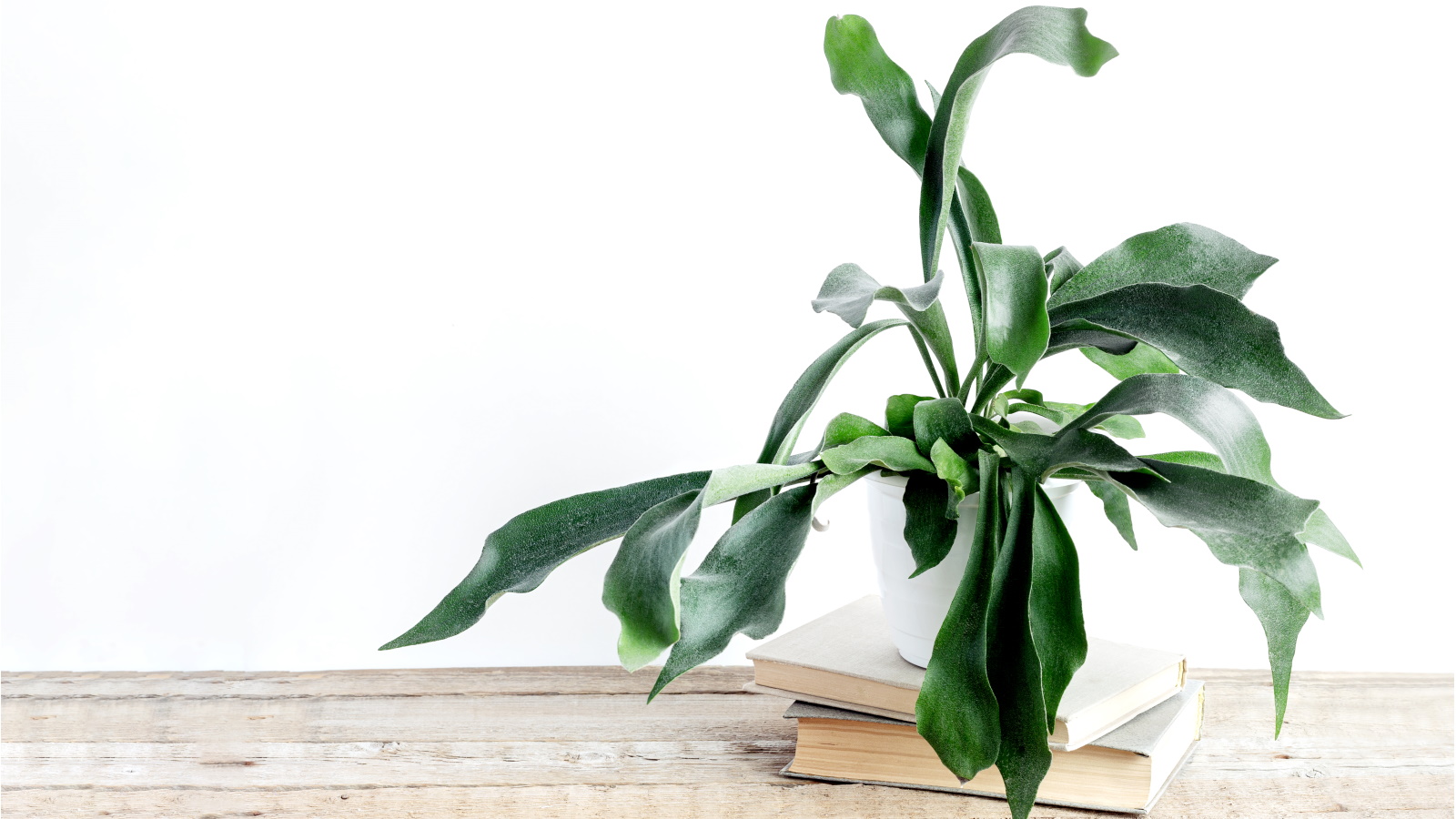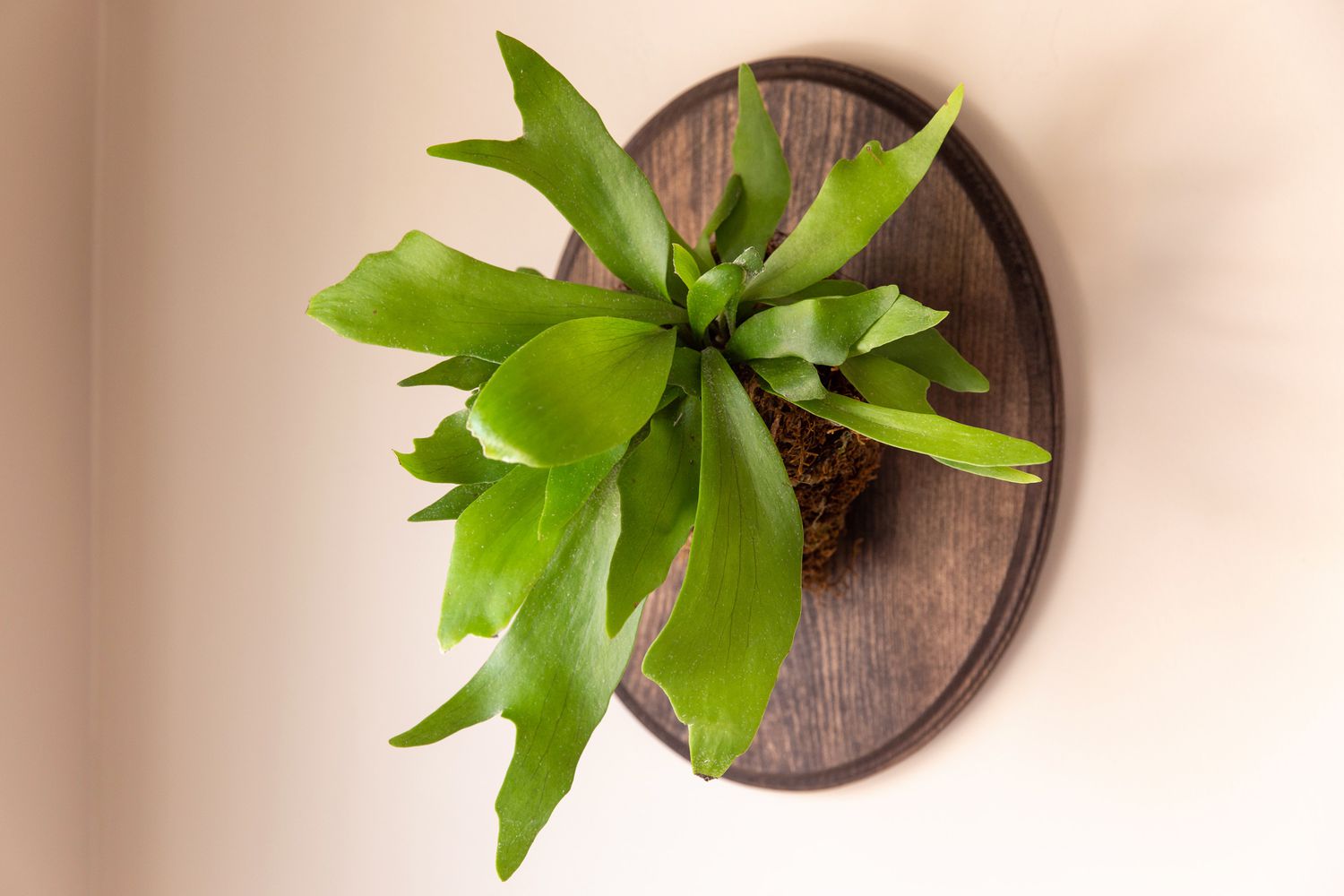Alright, let’s talk staghorn fern lighting. Everyone says, “Oh, they need bright, indirect light.” Sounds simple, right? Wrong. At least, it wasn’t for me at the start. I nearly sent a couple of good plants to an early grave before I figured out what that actually means in my house.
My First Mistakes – A Comedy of Errors
So, I got my first staghorn, a big, gorgeous one. I was so proud. I read the tag: “bright, indirect light.” Okay, cool. I popped it near a south-facing window. Seemed bright enough, but not, like, direct sunbeams hitting it all day. I thought I was a genius. For about a week. Then the shield fronds started looking a bit… crispy. Not a good look.

Panicked a bit, not gonna lie. So, I moved it. This time, to a spot I thought was more “indirect.” Further from the window, into a corner. And guess what? It just looked sad. Limp. No new growth. It was clearly telling me, “Dude, what are you doing?” I felt like a terrible plant parent.
Actually Observing, Not Just Guessing
This went on for a bit, me shuffling this poor fern around my living room like it was a piece of furniture I couldn’t place. Then, I had a bit of a lightbulb moment – pardon the pun. I realized I was just guessing. I wasn’t really observing the light. I mean, really looking at how the light moved through my rooms during the day.
So, I started to pay attention. I noticed how that “bright” spot near the south window actually got a couple of hours of pretty intense, direct afternoon sun. No wonder it was crisping up! And that “shady” corner? It was basically a cave for most of the day. No plant would be happy there.
Finding the Sweet Spot – Finally!
It took some trial and error, but here’s what I landed on:
- Morning Light is King: My happiest staghorns are now near east-facing windows. They get that lovely, gentle morning sun for a few hours, which they seem to absolutely love. Then, for the rest of the day, it’s just bright, ambient light.
- Filtered Afternoon Sun: For my west-facing spots, I made sure there’s a sheer curtain. This filters out the harshness of the afternoon sun but still keeps it bright. If you don’t have a sheer, even pulling it back a few feet from the window can make a huge difference.
- Watch the Leaves: This is my biggest tip. Your fern will tell you. If the fronds are getting pale or yellowish, it might be too much direct sun. If it’s looking dark green and leggy, or not growing much, probably not enough light.
What About Grow Lights? Yep, I Went There.
Now, during the gloomy winter months here, natural light can be a bit pathetic. Or, if you’ve got a spot that’s just a bit too dark but perfect for a hanging fern, what do you do? I caved and got a grow light. Not one of those massive, industrial-looking things. Just a simple LED clip-on lamp, full spectrum. I position it above the fern, maybe a foot or two away, and leave it on for about 10-12 hours a day. Total game changer. My ferns that get supplemental light in darker spots are pushing out new growth like crazy.
Honestly, I was skeptical about grow lights at first. Thought they were for, like, serious botanists or something. But nope, they’re super easy and make a real difference for houseplants if your light situation isn’t ideal.
So, What’s the Takeaway?
Basically, “bright, indirect light” is a good starting point, but it’s not a one-size-fits-all instruction. You gotta become a bit of a light detective in your own home. Move your fern around. Observe it. Don’t be afraid to experiment. I learned the hard way that just plonking it down and hoping for the best doesn’t usually work out. You gotta put in a little effort to understand what your specific plant needs in your specific environment. But once you nail it? Oh, it’s so rewarding to see those magnificent fronds thrive. It’s why I keep fussing over them, I guess. Almost lost a few, and now I’m determined to keep the ones I have happy. You just get attached, you know?





















